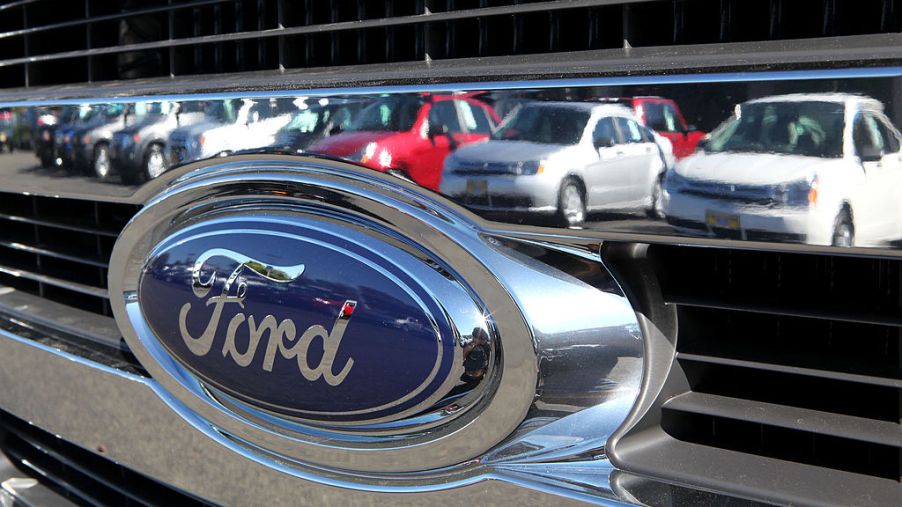
Will Ford’s New Crossover Challenge Subaru?
Ford has been making unusual plans lately. After Ford announced it would stop producing the majority of its car lineup in the United States, it has recently stated it will be releasing a new crossover vehicle in 2021.
Our friends over at Jalopnik reported that this vehicle is “intended to compete directly with Subaru’s Outback,” which is a bold idea on Ford’s part. The Outback has remained a fan favorite over the years, but perhaps Ford can produce a tough competitor, given its history of producing excellent off-roading yet still passenger-friendly vehicles, such as its famous F-150 truck.
In this article, we’re going to analyze what Ford might be thinking in this situation, how tough the competition really is given the history of Subaru’s Outback, and who would likely come out on top if and when Ford releases this new crossover model.
Why is Ford releasing a crossover vehicle?
According to Jalopnik, a Ford executive announced back in April that it would be releasing a new “affordable” model of vehicle. It’s fairly likely that this new crossover release is what the Ford exec was referencing. This strategy falls in line with Ford’s recent tactic of building mainly trucks and SUVs; the company has been steering away from producing conventional sedans and road cars.
Autocar reports that last July, Jim Farley, Ford’s president of new business, technology, and strategy, hinted at this move away from road cars towards what he called “utility” body styles.
“He said the thinking behind the move into medium-rise crossovers was that customers would get ‘utility benefits without the penalty of poorer fuel economy.'” Ford’s strategy also seems to rely on the designs and models that have proved successful for the company in the past — and staying away from those that have not.
How popular is Subaru’s Outback — and why?
Subaru’s Outback is, at this point, pretty much a classic, at least among fans — and it has many. The Outback has had impressively steady sales for the last few years, having sold nearly 200,000 of them last year. That is almost double what it sold ten years ago, a large increase for just one decade. Moreover, as Jalopnik notes, “there is a sixth-generation Outback launching this year.”
Jalopnik actually test drove the new Subaru Outback this week, and summarized that while there’s a 260 hp turbocharged engine available and a bigger screen in the middle, “perhaps wisely, Subaru didn’t go out of its way to try and fix problems that don’t exist.”
Essentially, the Outback is a reliable and strong performer, has been for some time, and likely will continue to be. Subaru also knows its consumer base; those who purchase Outbacks are usually middle- to upper-class folks who do a lot of research prior to buying a vehicle. These kinds of buyers already know what they want before they walk into the dealership.
So why fix what isn’t broken? People like the Outback for what it is, and they don’t necessarily want to see any big changes.
Will Ford’s new crossover challenge the Outback?
Whether Ford will actually be able to provide competition is up for debate. Though some people believe in Ford’s slow process of simplifying its production line-up and focusing on what it’s good at, others think the company is moving too slowly in these fast-paced times.
New models are being released at a record pace, and what’s more, many of these vehicles have the kinds of technological features that we used to only dream of.
Ford seems to be narrowing in on an area in the marketplace that caters to old-school auto buyers. Hopefully, with this new crossover, we’ll see something that draws on Ford’s strengths while still providing an element of newness. If not, the Outback won’t feel the heat, not even a little.


